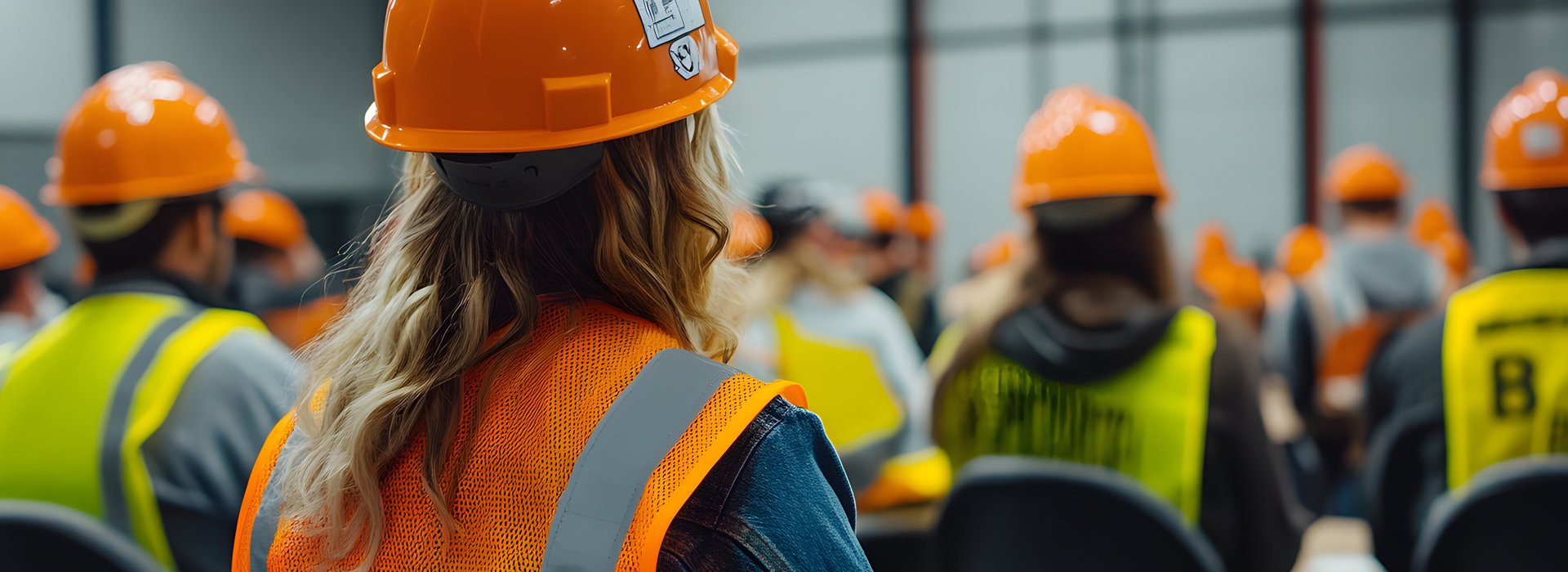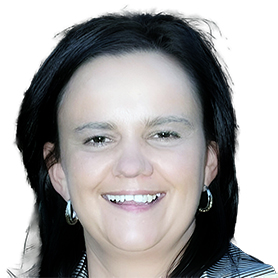Jennifer Cronje: Leader in Safety at Gold Fields Interview
Jennifer Cronje, VP of Safety at Gold Fields, outlines a compelling evolution in safety leadership, moving beyond mere compliance to a culture of true transformation. Drawing on three decades of experience, she champions leadership that actively listens and empowers teams. Jennifer reveals how shifting mindsets and fostering engagement led to remarkable safety outcomes, including two consecutive years of zero recordable injuries. She also highlights the pivotal role of technology, from current fatigue detection and collision avoidance to future AI-driven predictive analytics, in minimizing risk and enhancing workplace safety.


Jennifer Cronje
Vice President, Safety, Gold Fields
Committed to safety flowing from the top, Jennifer’s three decades of experience have made her a passionate advocate for leadership that truly transforms behaviours and prioritises active listening
Q.
How did you land in the safety industry?
As a trained metallurgist, I began my career in the steel industry straight after graduating from university. One of my first responsibilities was implementing ISO 9001 quality management systems. This experience made me realise the importance of structured processes in effectively managing risks and facilitating operational improvements.
After that, I raised my hand to take on further environmental and safety responsibilities – even though I didn’t have a formal background in those areas. Over the years, I have also taken on leadership roles in health and safety. In my 30 years in the field, I have come to see safety as a critical enabler of business success and not just a matter of compliance.
Q.
How has your approach to safety evolved over the years?
Early in my career, I focused a lot on compliance and ensuring that processes were being followed. I suppose that arose out of my early experiences with process-driven management systems. I believed that safety management should be founded on systems, processes and compliance.
When I was first introduced to behaviour-based safety management, I viewed this concept with scepticism. It sounded fluffy to me, whereas systems and processes seemed solid and stable. I didn’t see how a programme focused on changing behaviours was a sustainable way to improve safety.
As I began implementing the programme, however, I saw a big difference. People were engaging with safety leadership differently – having open conversations and taking ownership of their safety.
Two and a half years later, we achieved something remarkable: zero recordable injuries for two consecutive years. That experience completely changed my mindset. Today, I’m a big believer that leadership plays a defining role in safety outcomes. Policies and procedures are important, but culture and leadership engagement are what truly drives long-term safety performance.
Q.
Have you ever struggled to get buy-in from other leaders when it comes to workplace safety?
Many line leaders do not have the deep belief that mining is possible without any injuries. I have had experiences where one manager’s leadership style had a direct impact on how safety was perceived in our operations. With coaching and consistent conversations, we were able to shift his perspective. He started engaging more meaningfully with workers, listening to concerns and eventually became a champion for safety.
This experience revealed the critical importance of leaders and demonstrated the possibility of changing leadership mindsets and styles.
Q.
What changes have you made to your own leadership style?
My leadership journey spans two decades, commencing when I first stepped into a management role with a team reporting directly to me. Over the years, I've consciously evolved from merely managing teams to truly leading them. This pivotal shift involved learning to fully trust and empower my team, allowing me to focus on long-term vision, inspiring others, and providing strategic direction.
A significant turning point occurred as I transitioned into senior leadership. I was fortunate to engage with a coach who profoundly shifted my perspective, emphasising the immense value of reflection over my inherent drive for constant action. While my natural inclination is always towards building robust business processes, taking decisive action, and delivering tangible results – a preference I still revert to at times – my coach challenged me to prioritise listening.
This led me to deeply engage with staff to understand organisational culture and key stakeholders, ensuring alignment with strategic goals. It was initially demanding, yet this disciplined approach yielded a new realisation: for senior leaders, it is imperative to consciously carve out dedicated time for strategic reflection, insightful data analysis, and big-picture thinking. I am grateful for the sustained support of other leaders and coaches who have been instrumental in guiding my ongoing transition into leadership.
Q.
How do you see your job evolving with technology? What role do you see technology playing in improving health and safety performance?
Technology has been an essential enabler of safety and will certainly continue to be. For example, we are already using technology for fatigue detection and collision avoidance. Soon, AI can be used to develop powerful digital tools that enable frontline workers. Feeding information from our incident reporting, risk management and safety and operating documentation systems into an AI-powered chatbot we will be able to plan and execute work in a way that considers, in real time, the controls required, the minimum standards to be applied and the lessons from events that occurred in the past.
In the future, I expect AI-driven predictive analytics will help us learn lessons from past incidents, identify weaknesses, and potentially even predict future accidents. Such predictive technologies are still in their infancy, but I do believe the world is moving in this direction.
Finally, I see technology’s pivotal role in enhancing workplace safety by enabling remote operations and minimising human exposure to high-risk environments.